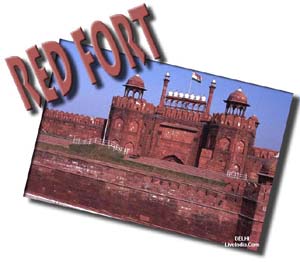 |

Old Delhi and New Delhi |

click for Other Tourist Place |
 |

Old Delhi and New Delhi |

click for Other Tourist Place |
|
|
|
|
|
|
Diwan-I-Aam Red Fort Delhi.
|
|||||
|
|
|||||
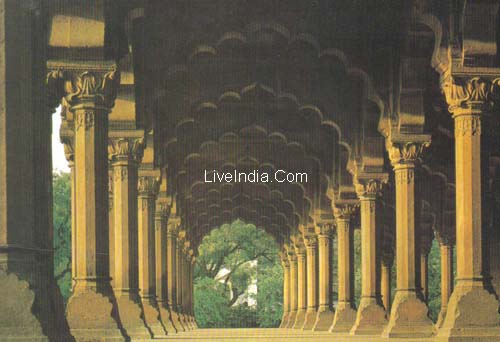 |
|||||
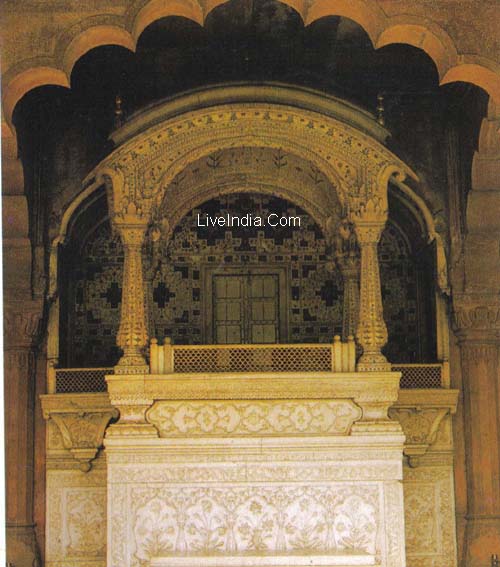
Shah Jahan's built-in throne in the Diwan-i-Am is one of the glories of the Red Fort. Miraculously surviving the waves of unrest with remarkably little damage, it gives m taste of the original extravagance and supremely high quality of all the Fort decoration. Built of white Makrana marble quarried near Jaipur, the platform walls are carved in relief with clumps of flowers set in decorative borders. The Emperor sat beneath 3 baldachin whose columns and canopy are entirely inlaid with delicate pietra dura flowers, wAi/7e his ministers stood on the similarly inlaid dias to hand papers up to him. The Emperor arrived and left through the marble-panelled doors set into a marble wall coated with a great pietra dura inlay design of bird and flower panels, set among blossoming trees and floral arabesques. |
|||||
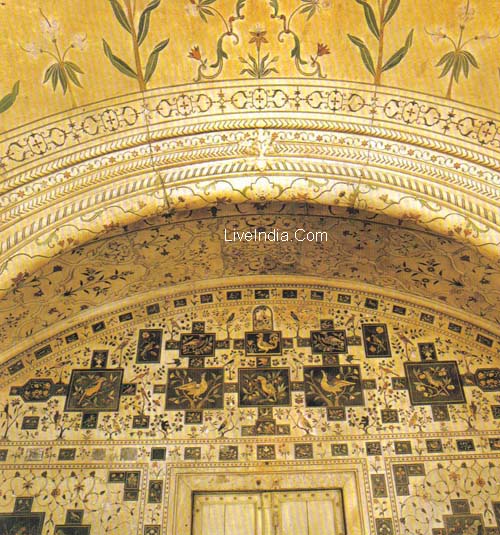
A closer look at Shah Jahan's built-in throne in the Diwan-i-Am reveals a riot of refined, top quality pietra dura inlay work, denser even than in the Mussaman Burg at Agra Fort. Here the lily designs of the baldichin canopy contrast with the bolder bird panels of the back wall. |
|||||
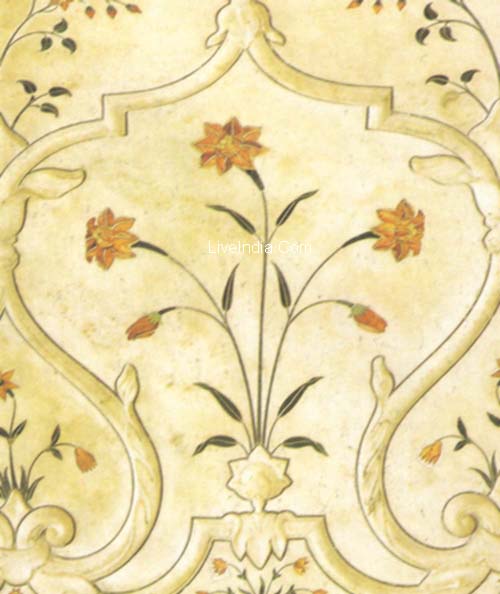
This detail of the arch between Shah Jahan's throne and the back wall of the Diwan-i-Am reveals the precision workmanship for which Indian craftsmen are still known. First, the pieces of white marble are cut and prepared. While the lattice-work is being carved, a workshop of pietra dura craftsmen decorate each flat piece of marble. For each piece, the marble is coated with red water based paint and the paper design pricked through. Stones are then selected for their color and clarity - the orange red petals of these flowers are cornelian which varies in quality from a fine, fiery red to the less good banded pink. Then the slow work of cutting each stone and chi selling a bed for it begins, usually preparing the big flowers first, then the leaves and lastly the stems. Each stone is cut, fitted, fine-tuned with an emery paste wheel and then glued and heated to fuse the stone. When the design is complete, the whole surface is polished with increasingly fine emery. |
|
|
|
|
|
 |
 |
|
 |
|
LiveIndia.Com Copyright
© 1998-2001 Live India Internet Services! All rights reserved
|
Complete web site on Red Fort Delhi with large Gallery, Introduction, History and tourist information